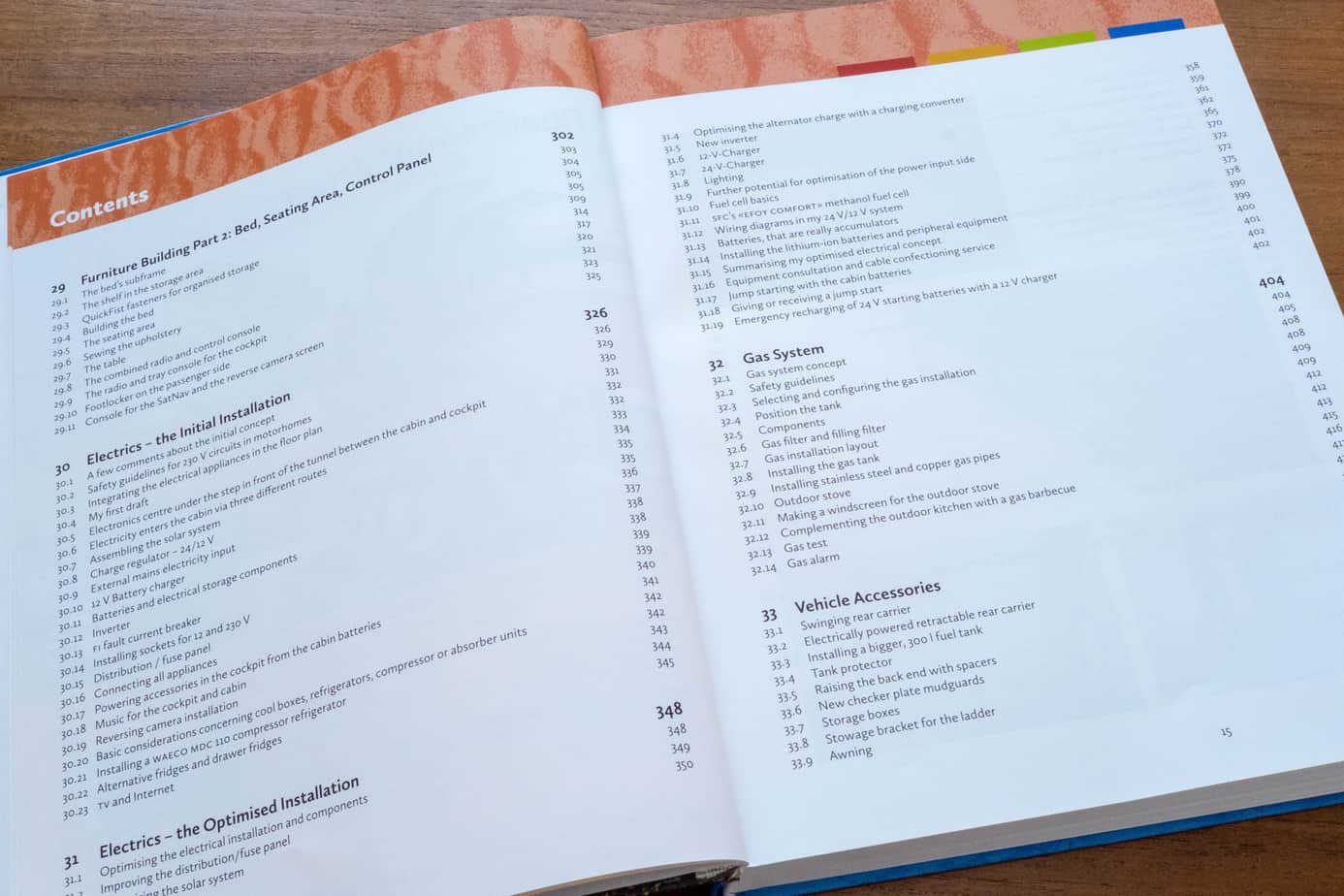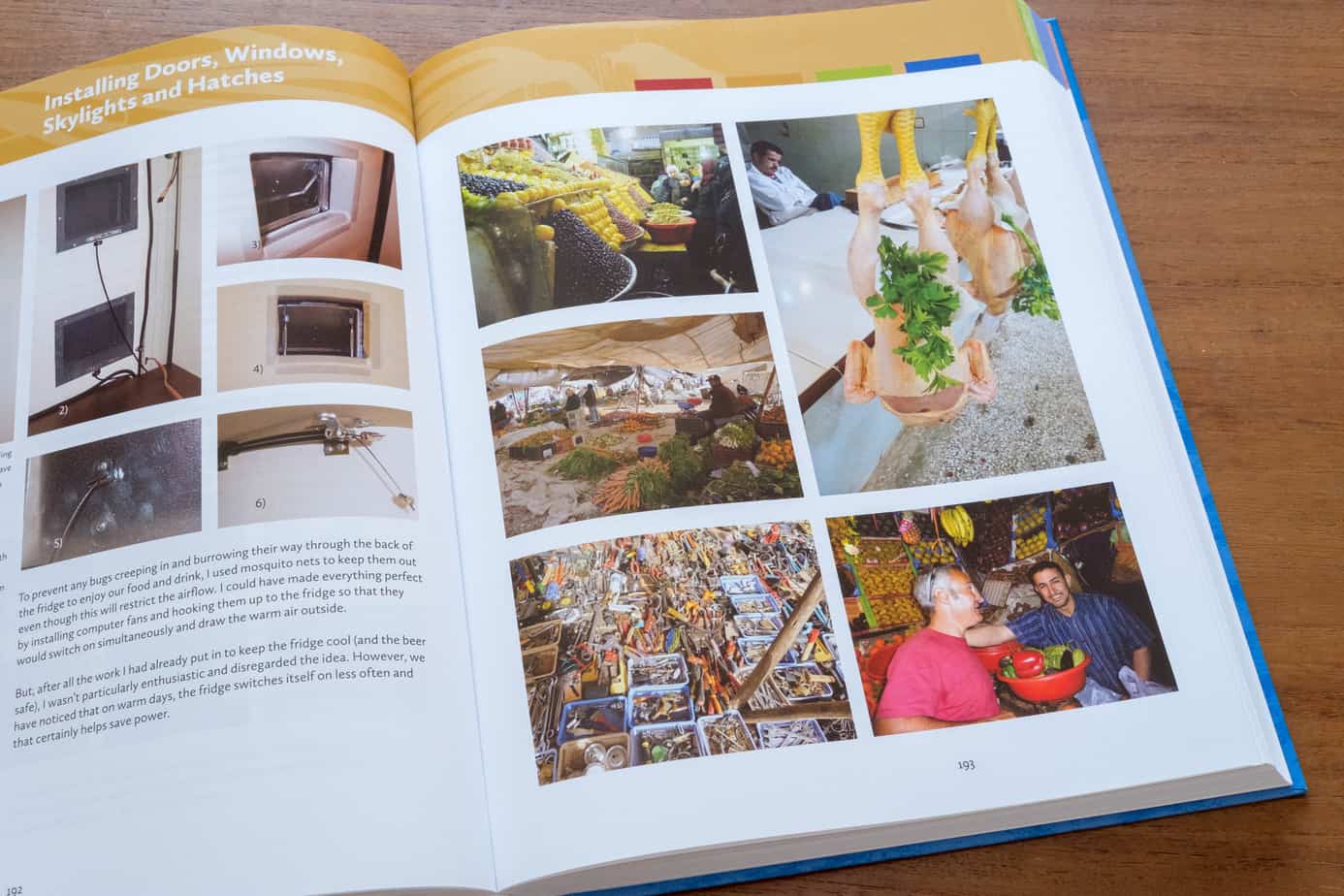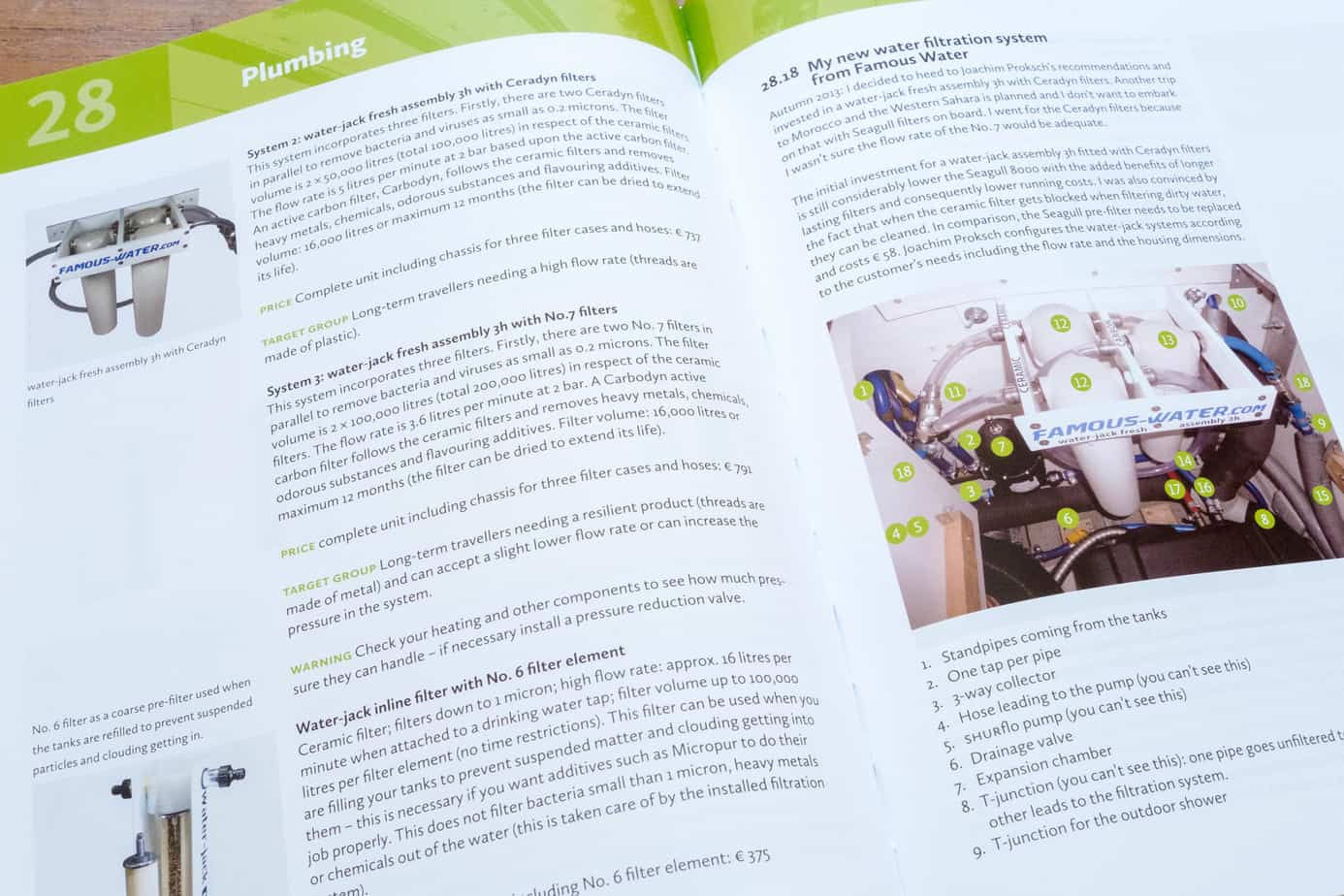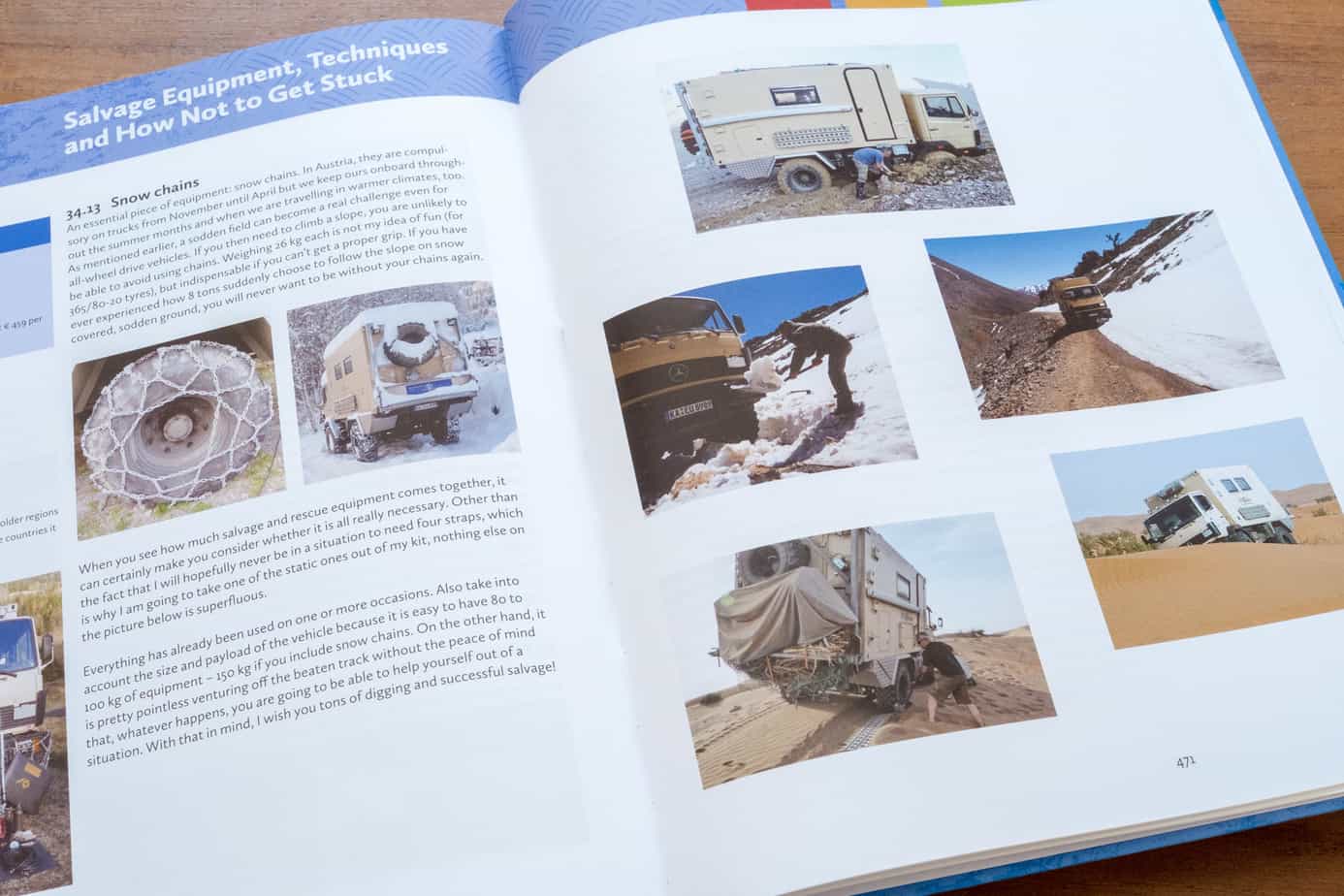When I first met the author Ulrich Dolde four years ago, the German language edition of Motorhome Self-Build and Optimisation was already a best seller. And Dolde was in the throes of completing the second edition of a unique book intricately describing in words and pictures how he built an expedition vehicle capable of providing a home for him and his wife, Edith, for long-term travel whilst they explored some of the most remote and enchanting places around the world. His book is now in its third edition, is available in English, and records his build experience on 489 pages, structured in 39 chapters, and illustrated with more than 1,200 detailed photographs.

Ulrich and Edith shared a dream: to adopt a nomadic lifestyle, reach secluded beaches where Ulrich could surf to his heart’s content, meet new people, delve into foreign cultures, and live comfortably and autonomously for months or even years at a time. The sole hindrance was finding a vehicle capable of fulfilling their requirements. They searched fruitlessly and had all but succumbed to the illusion that an ideal mobile abode probably didn’t exist unless they contracted a professional and invested hundreds of thousands of euros, which they didn’t have. That was when Ulrich stopped searching and made a bold decision to build their dream expedition vehicle from scratch, by himself, and on a budget. Bold? Courageous? Ambitious? Many would have said foolhardy. Ulrich had zero experience and couldn’t even put his name to a comprehensive set of tools. But where there’s a passion, there’s a way.



Ulrich took the first steps in February 2008 and drove his expedition vehicle out of the workshop in November the same year before embarking upon what was meant to be a three- to four-month trial. One thing led to another and the trial escalated into an eight-month expedition through Africa—an extensive journey which would not have been conceivable if the vehicle did not perform. This was a journey which began as a dream and a blank sheet of paper and culminated in his book.

Motorhome Self-Build and Optimisation recounts how a complete novice created a vehicle of professional standards by dedicating time to planning, asking questions, taking advice, making mistakes, rectifying the mistakes, and weighing up the pros and cons at each step before felling a decision. Simply put, Ulrich paid the same amount of detail to every stage of the build.
This attention to detail and discussions within its pages make this a serious contender amongst the must-have literature for all those who
- want to build their own motorhome (whether that be a 4×4 car, a converted panel van, or a full-size truck),
- already own a vehicle and want to modify it to better suit their requirements,
- want to have a motorhome custom built for them and wish to be involved in the design and development stages at eye level with a professional,
- want to conduct repairs and maintenance themselves.
The book begins by explaining the criteria related to vehicle selection before discussing the different types of cabins, doors, and windows. The ensuing chapters follow the chronological build and elaborately cover topics including subframes, furniture building, plumbing, electrics, gas systems, as well as a guide to recommended salvage equipment and vehicle conservation.

Particular added value comes from Ulrich’s approach of not simply addressing topics and presenting his personal choices as a fait accompli. Instead, he evaluates different constellations related to any given application and explains why certain components may be better suited than others, or why doing things in the right order can save you time and money. Even if one or the other product included in a chapter is not available in every country, the reader is provided with adequate information to be able to evaluate and select the ideal solution for his or her particular circumstance from products out of the vendor’s catalogue.
Ulrich has a talent to take a complex topic and break it down into layman’s terms without losing any of the information along the way. His wit and down-to-earth manner keep the narrative alive even though certain chapters cover some very dry material. At the same time, he is not ashamed to mention those shit-happens moments a novice encounters through inexperience.
Since planning can make or break such a project, Ulrich goes the extra mile and provides unlimited use of interactive planning tools for cabin architecture as well as electrical, water, and gas installation. These can be downloaded using a code supplied with the book.

So why is the book now in its third edition? Well, the author is going through an endless process of evolution: his expectations in regard to his own vehicle have changed with time, as has the respective technology equipment. Newer editions reflect those changes, the consequent modifications, and the wear, tear, and repair an expedition vehicle is likely to encounter on its journey.
Purchasing Motorhome Self-Build and Optimisation is not just about the book, but an invitation to join a community of like-minded adventurers who also benefit from Ulrich’s newsletters and free updates, a comprehensive website, the ability to contact the author and ask questions, and, last but not least, webinars.
Having met readers of the book at events and spoken to component manufacturers and vehicle builders, the feedback confirms my own opinion that Motorhome Self-Build and Optimisation is the most comprehensive book of its ilk available today.
On a personal note, this has become a valuable source of information as we design and build our newest overland support truck.
ISBN978-3-9818553-1-9 ∣ selfbuildmotorhome.com


